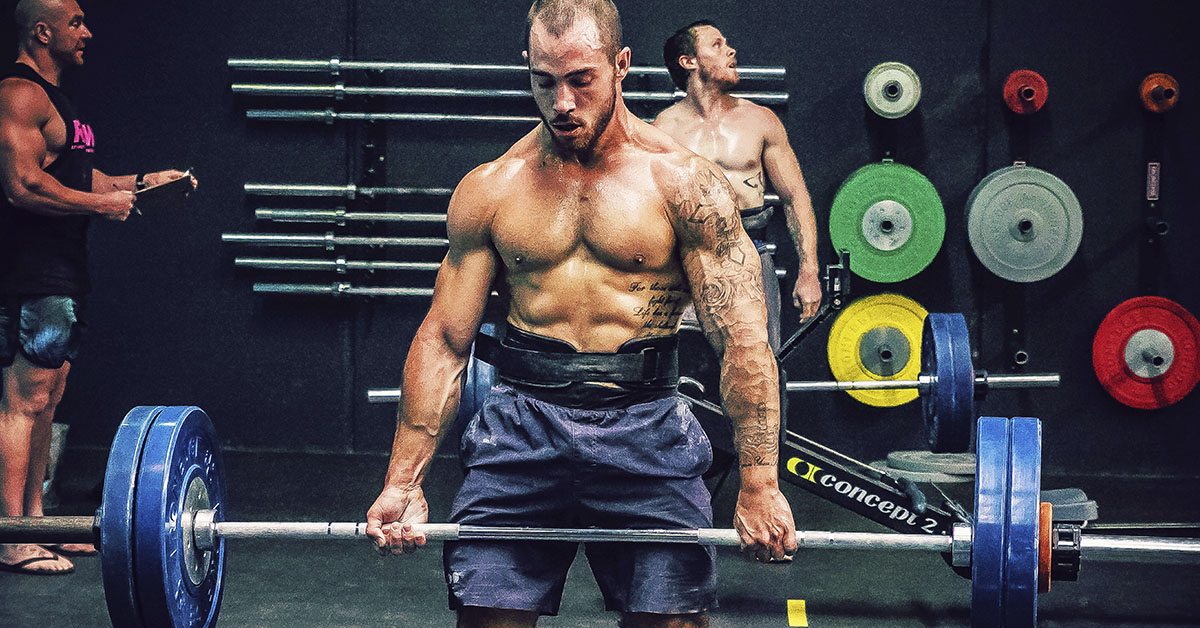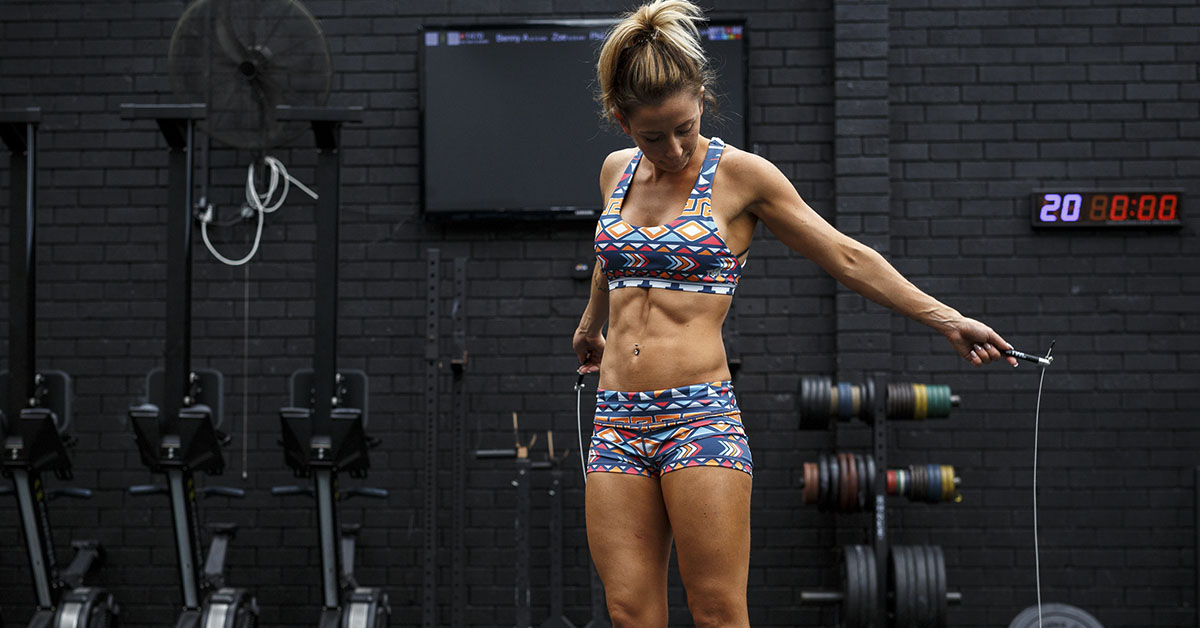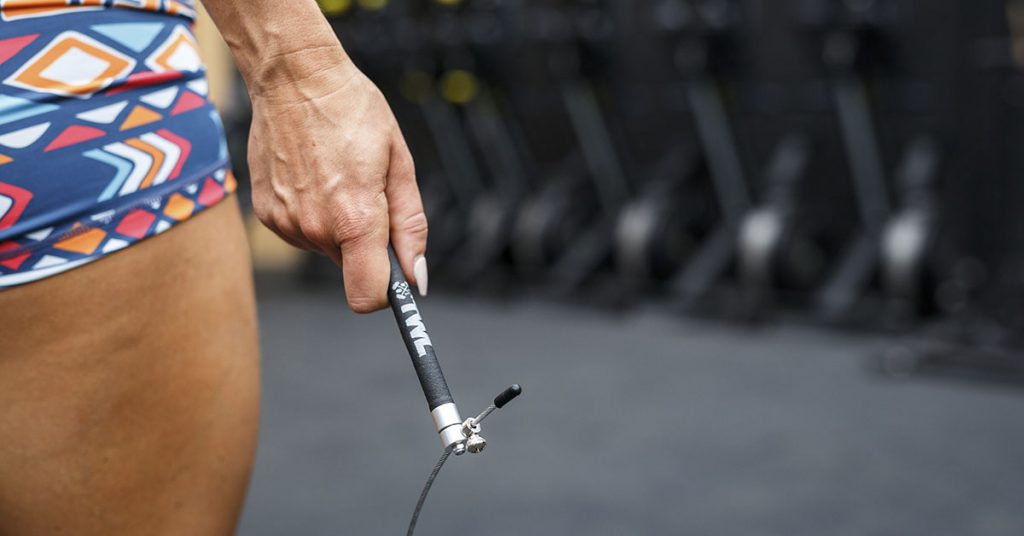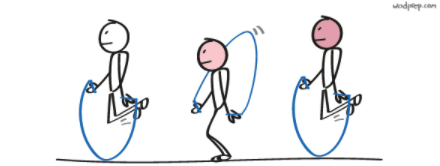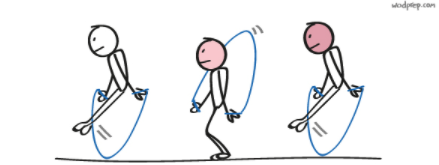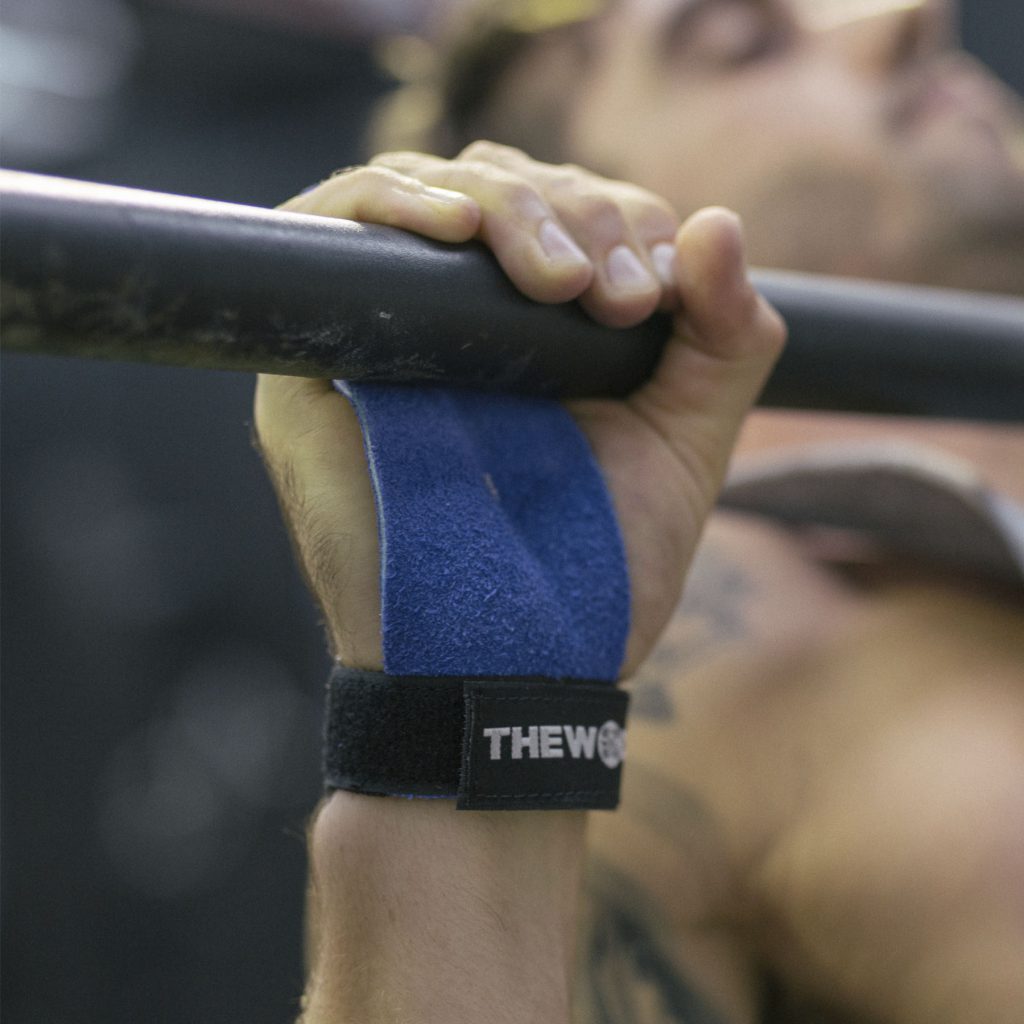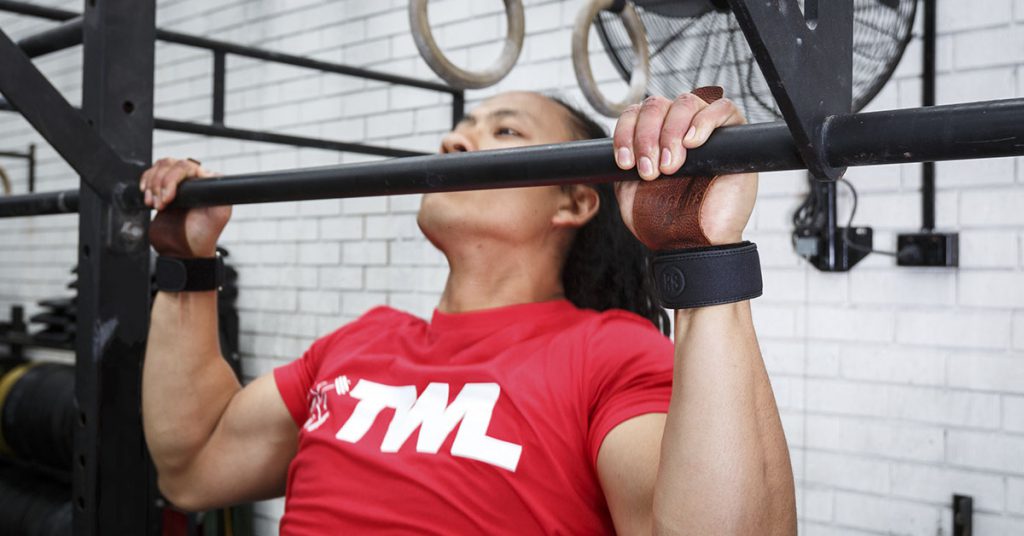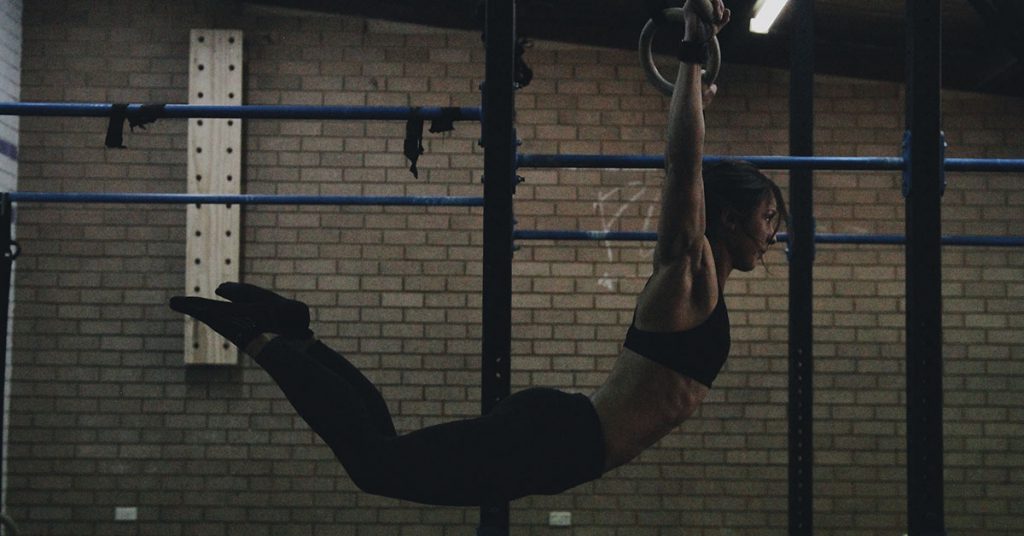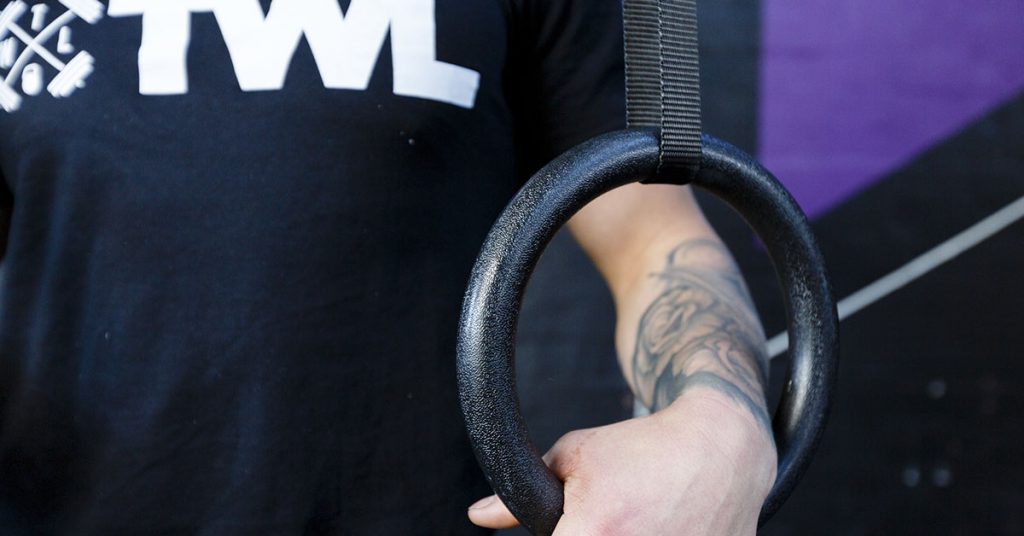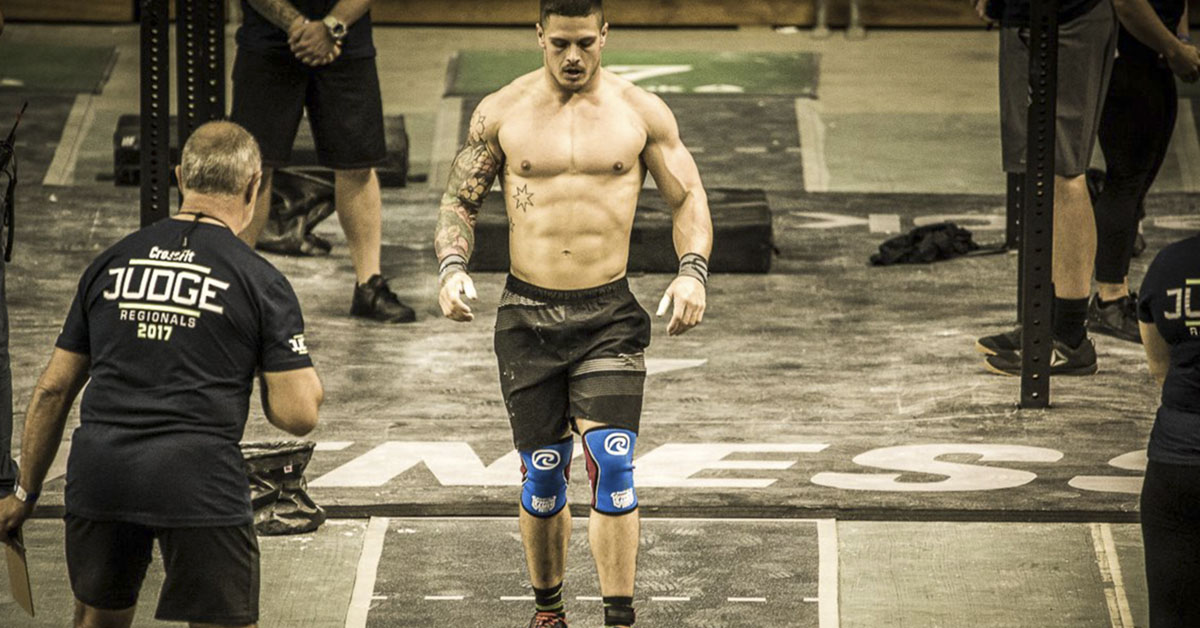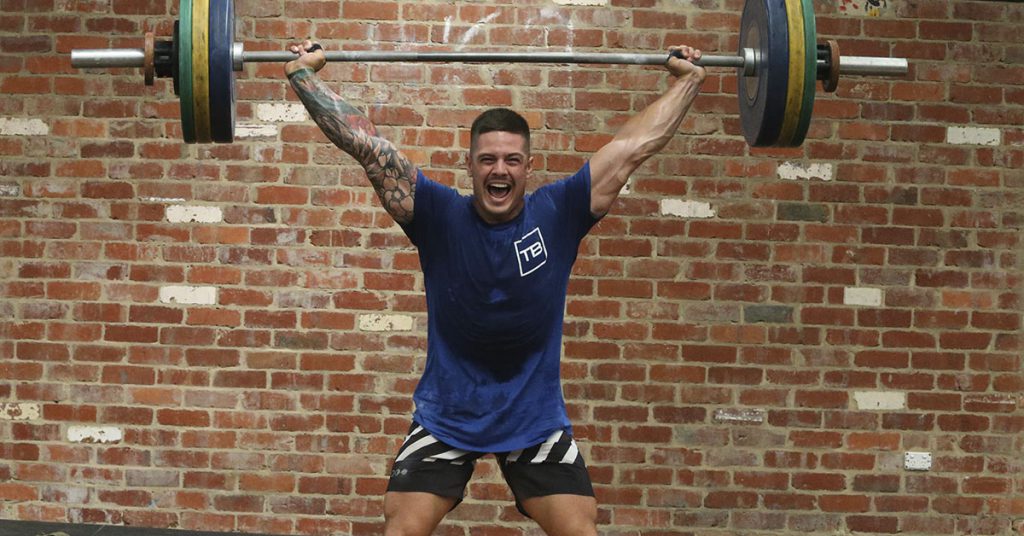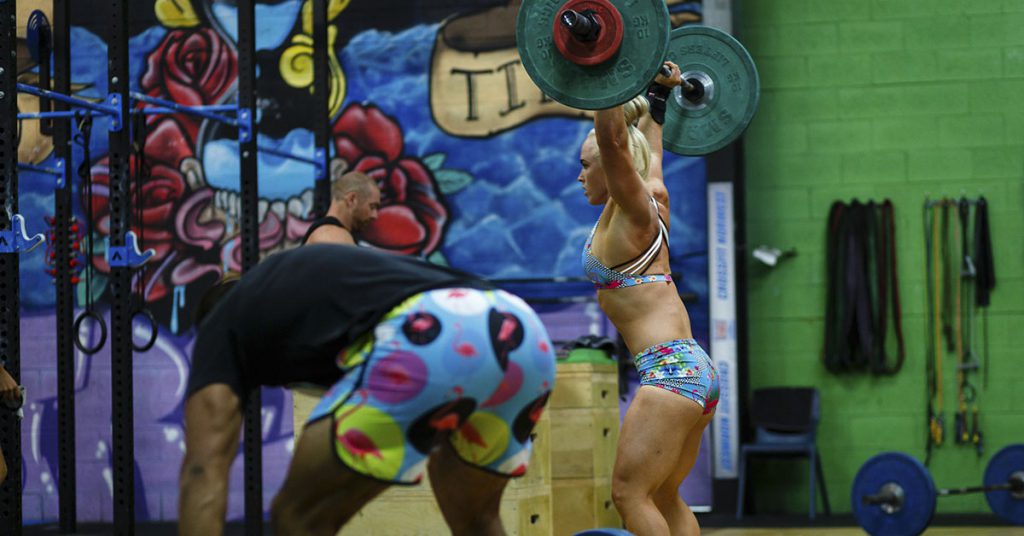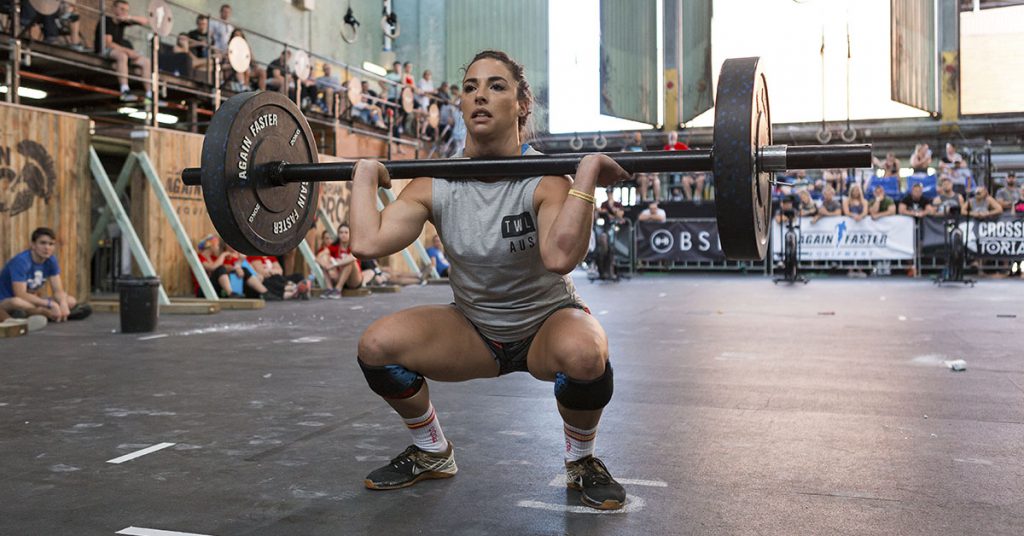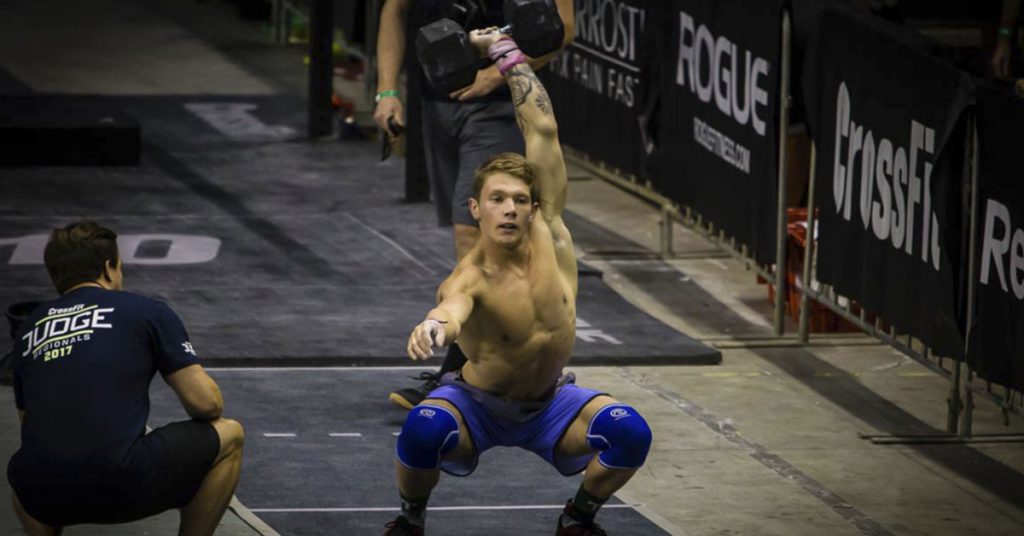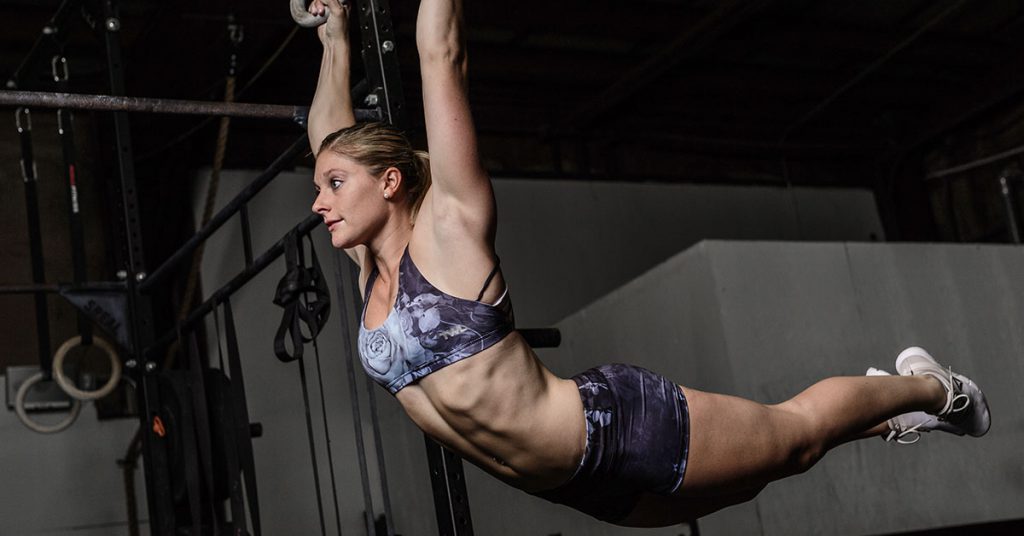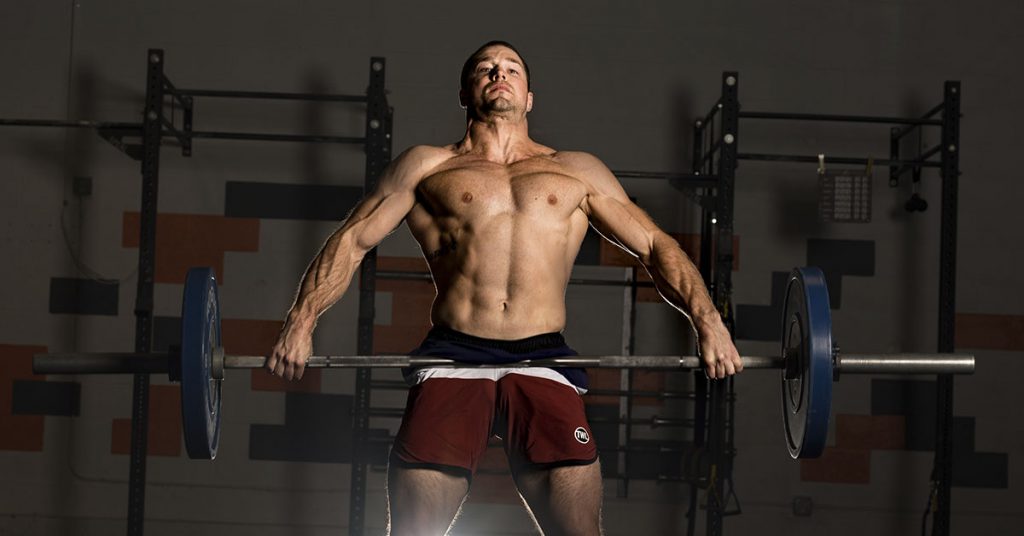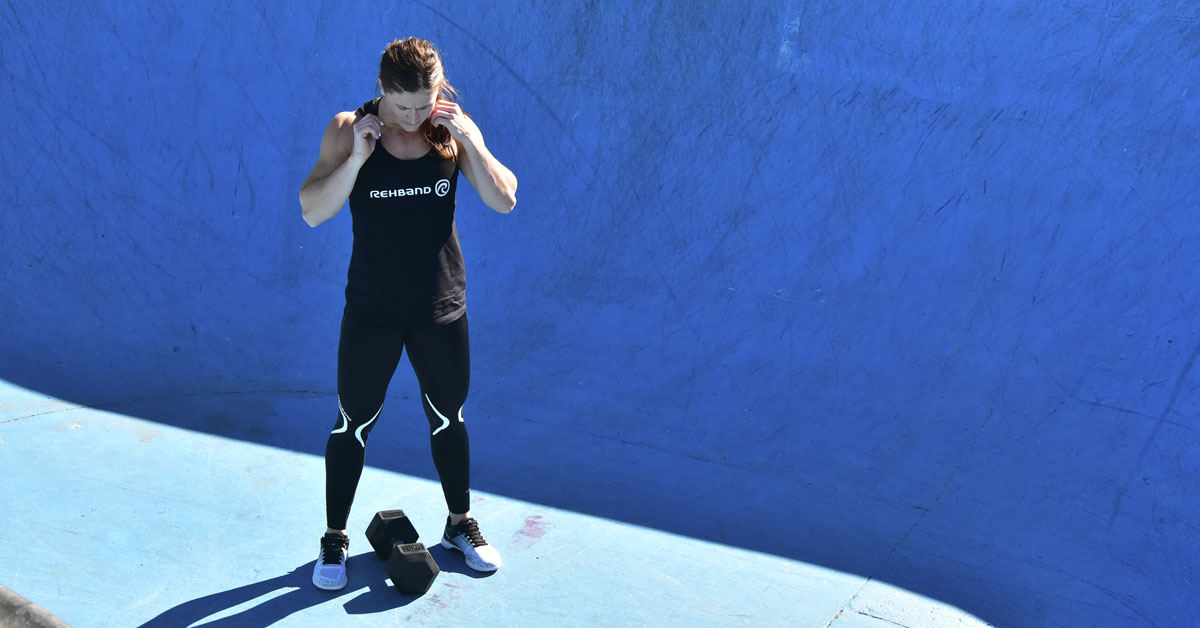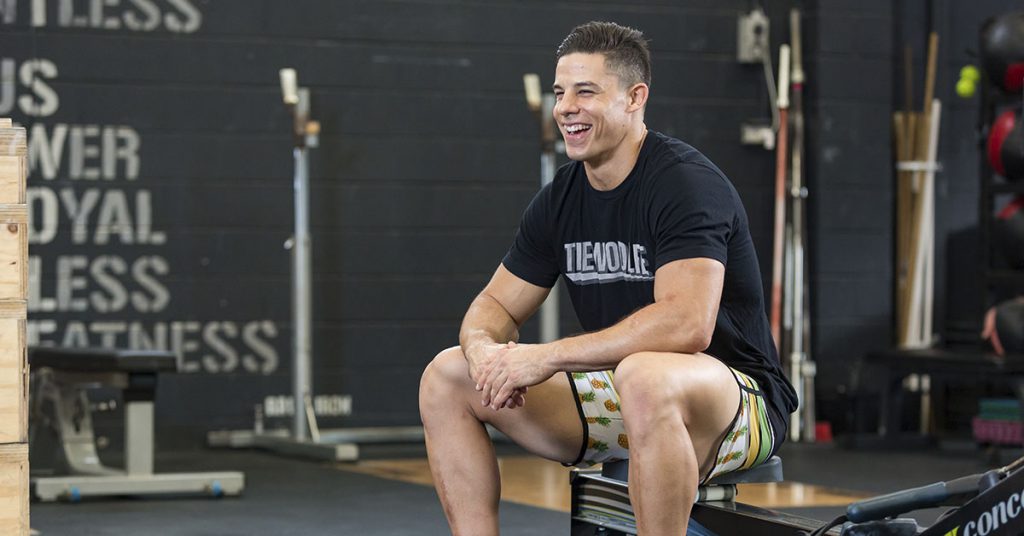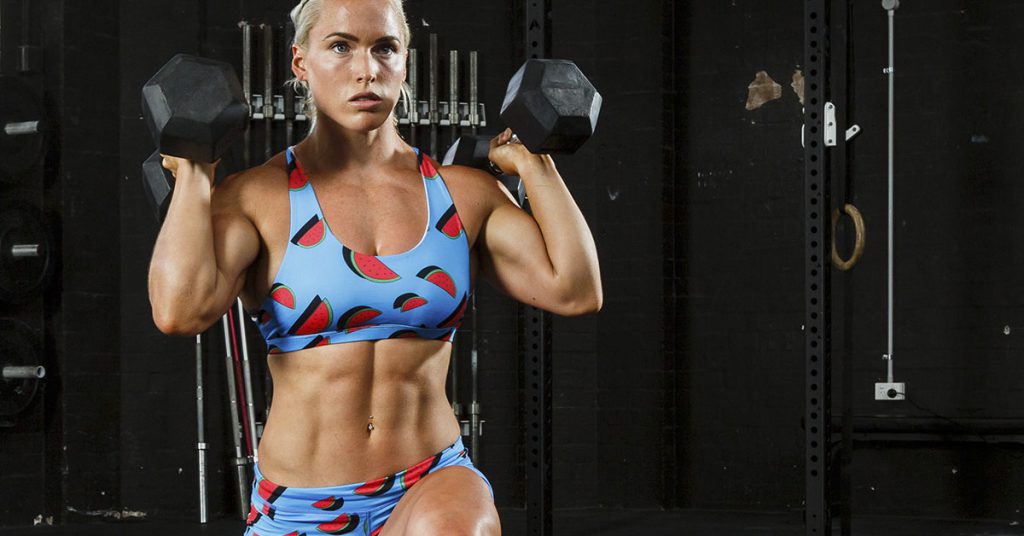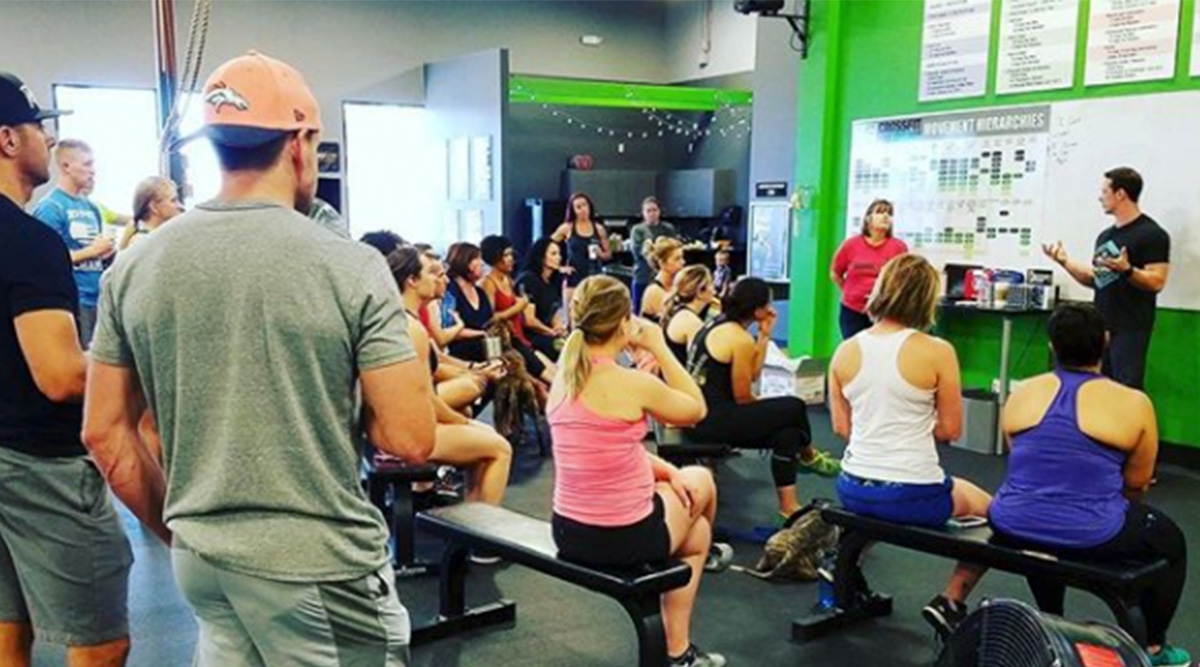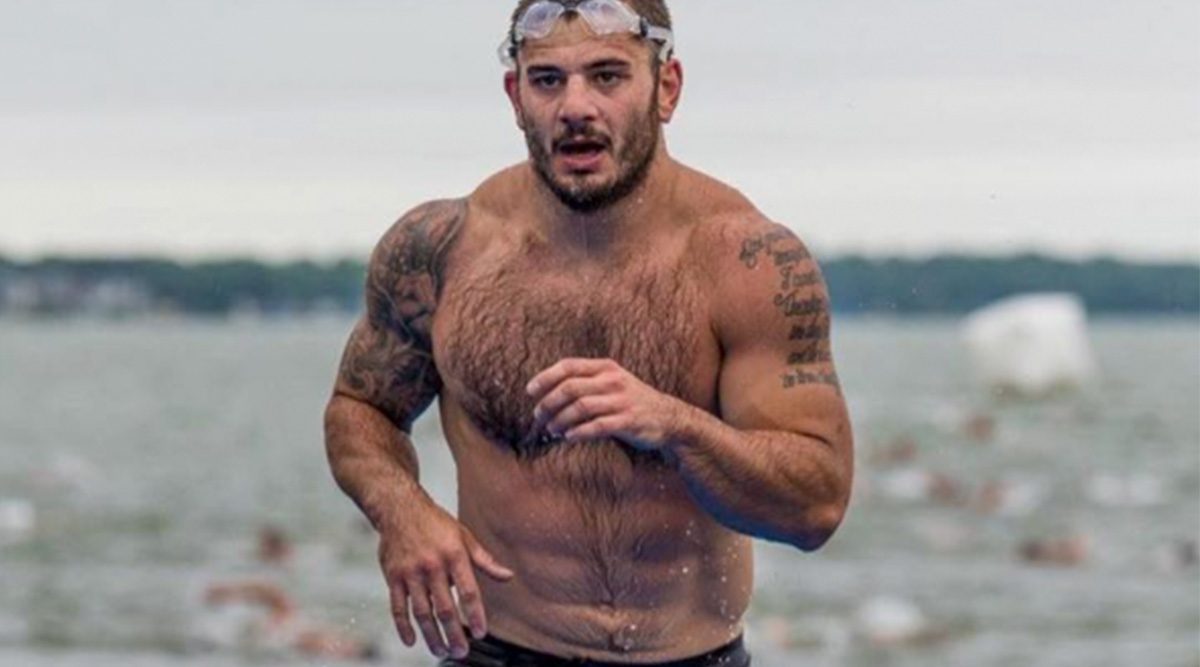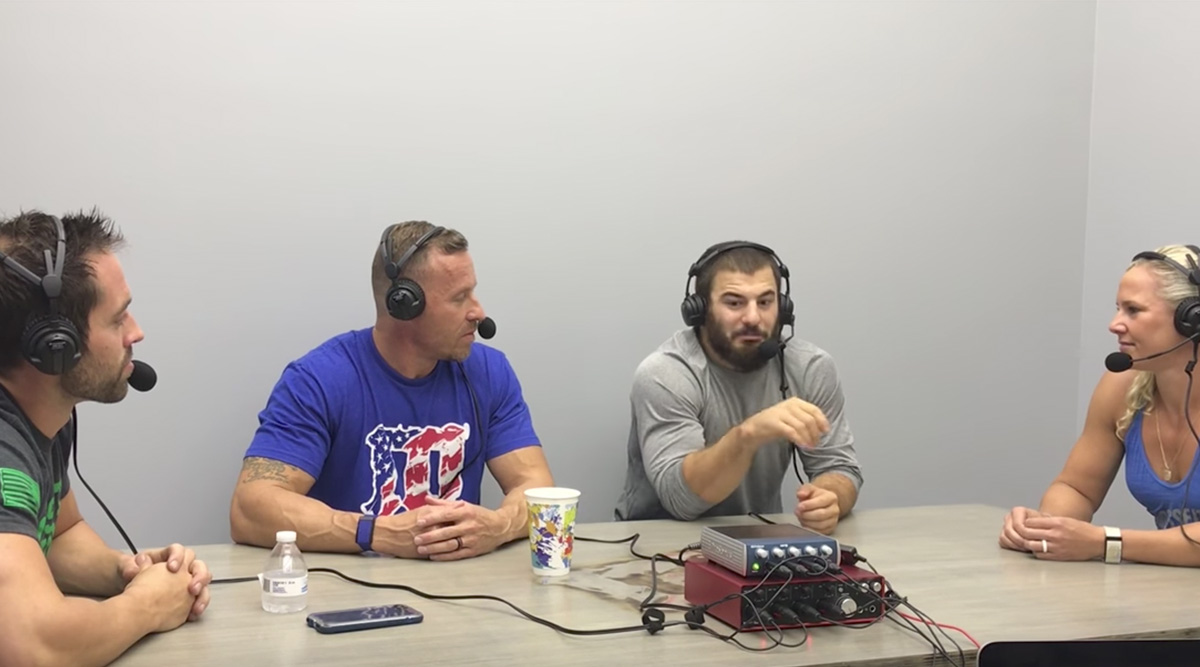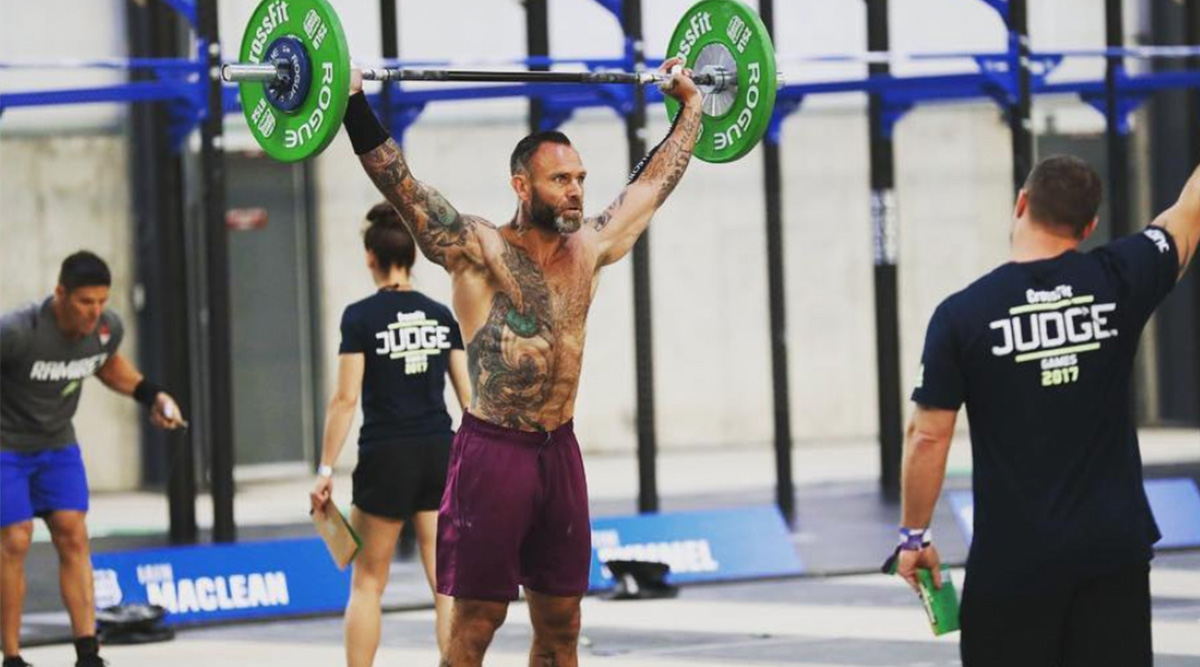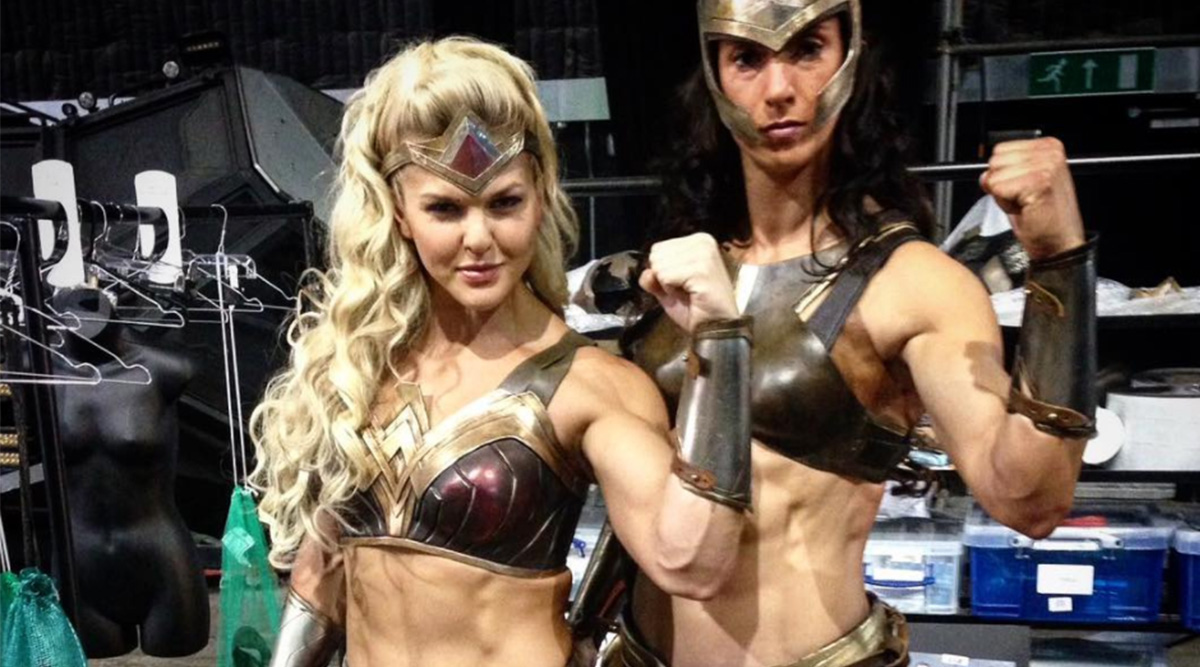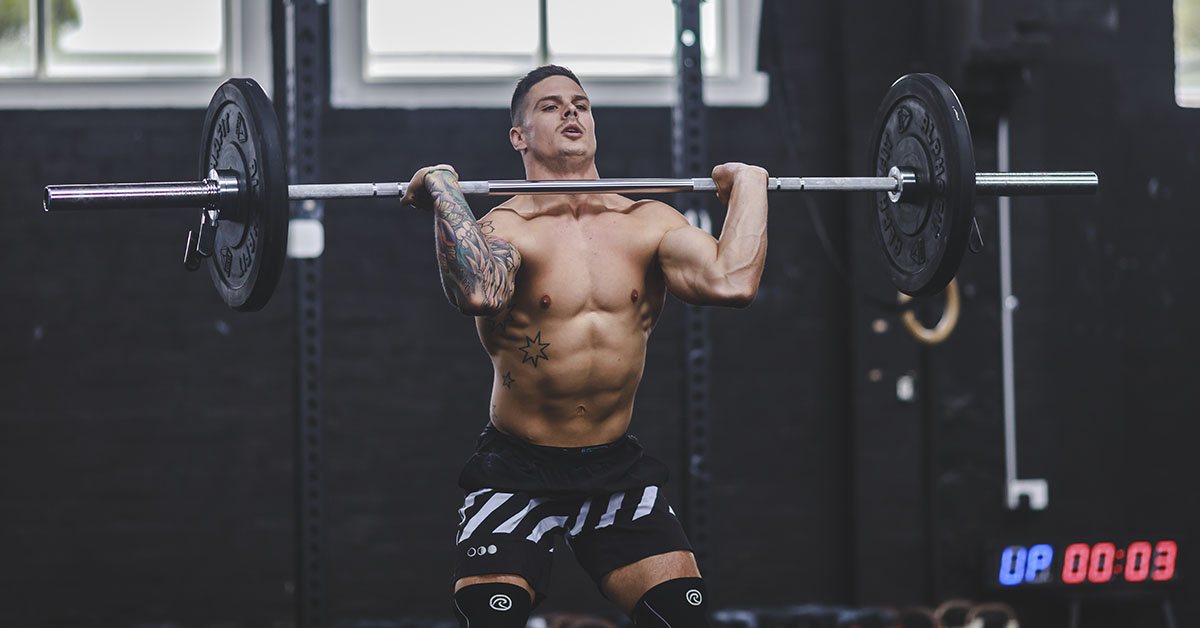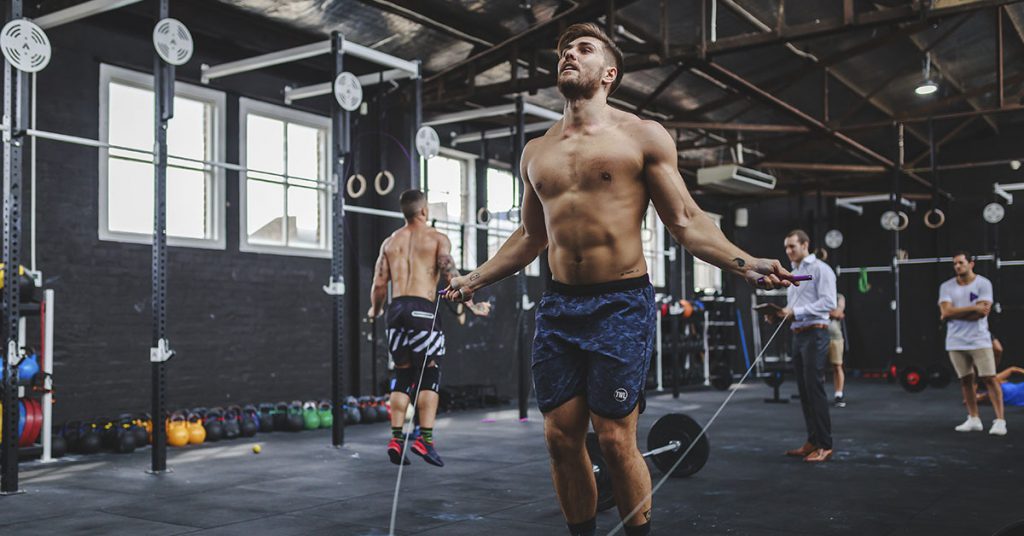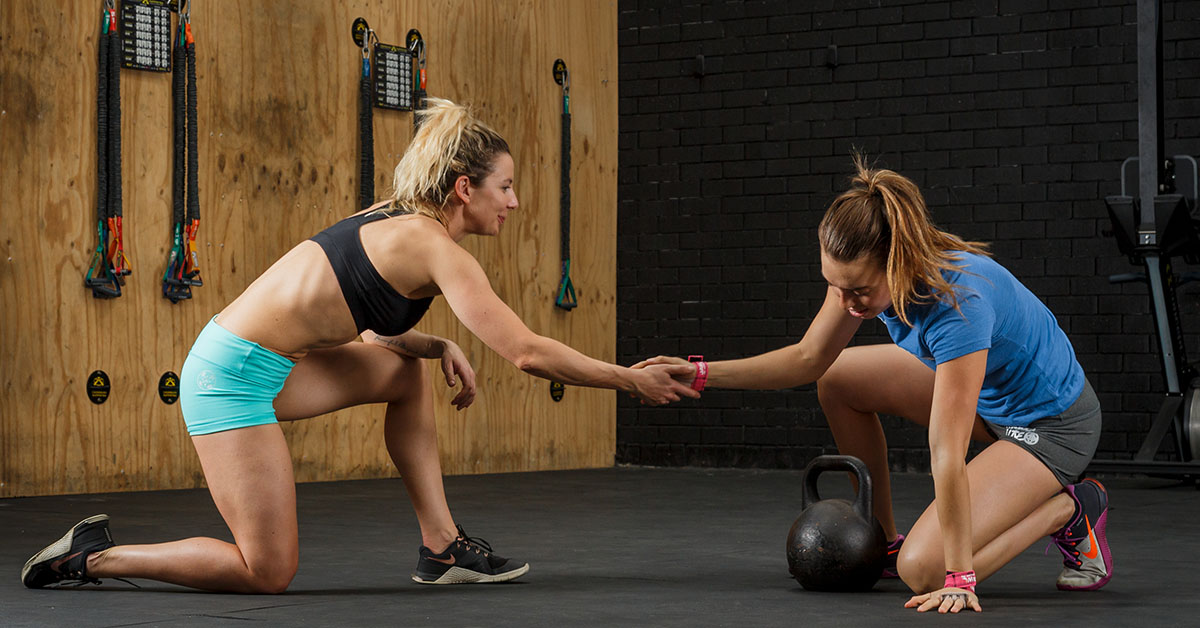Hear ye, hear ye. Gather around and lend me your ears. The 2018 CrossFit Open is upon us and with that comes the age-old tradition of trying to predict what in God’s name Castro and CrossFit HQ have in store for their five-week long, puke-ridden test of fitness. I love the prediction game that accompanies the Open… the process of elimination, the cryptic clues from Castro, the absolutely absurd interpretations of said clues on Instagram – “Castro was holding a water bottle in his last video, definitely a swim this week.” All are as much a part of the Open as the workouts themselves.
Prediction articles are no different. Everyone is searching for that fleeting moment of glory where they can stand atop a 30″ box and yell, “I knew it!” – usually to a collective eye roll of everyone within shouting distance. Sadly, this article is no different. This is my 30” box. And if I somehow manage to nail a couple of guesses correctly, trust me by God you’re going to hear about it. So let’s get on with it. Here are your eight predictions for the 2018 CF Open.
1. The Return of the Dumbbell
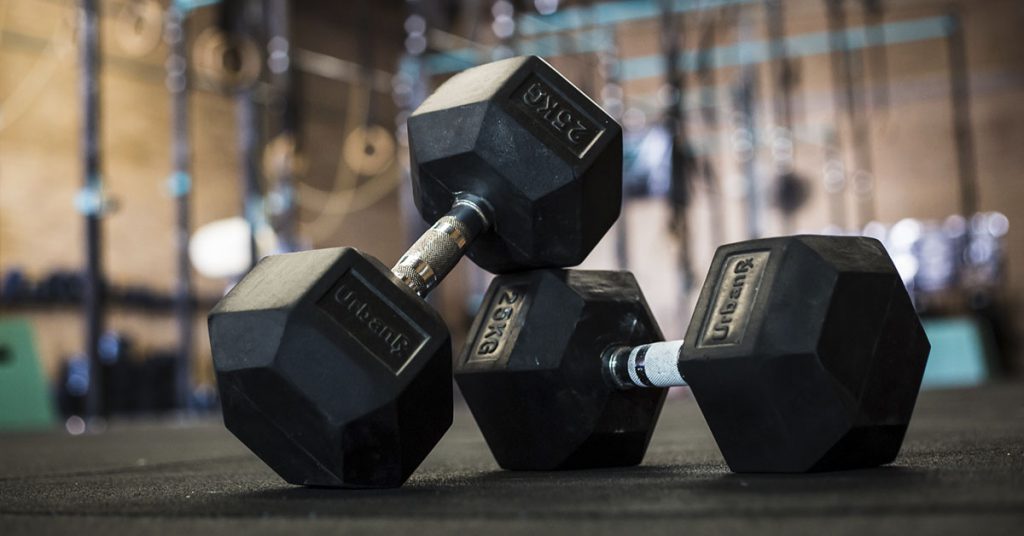
If there’s one prediction I’m willing to bet the farm on, this is it. Dumbbells will undoubtedly return in one form or another again this year. Whether that’s in the form of a repeat movement or something entirely new, Castro didn’t introduce the DB last season for it just to be a one-and-done type of thing. Hopefully, you’ve been folding them into your daily programming in every variation imaginable, adhering to that whole “constantly varied” thing CrossFit is so keen on. That way, come announcement night, any workout Castro creates is nothing you haven’t seen or done before.
2. Welcome Back, Ring Muscle-Ups
We’ve missed you (well, maybe not everyone, but you get the picture). The fact of the matter is the past two years, the Open has been tragically lacking in the Cirque du Soleil department. Bars instead of rings, oh my! Two years ago, Castro introduced his new marquee movement, the bar muscle-up, while wearing a buttoned up Versace shirt and sipping wine in Milan (classic Castro).
That year, the workout called for bar muscle-ups in small sets of three. It created some dynamic and special moments across the CF landscape — people getting their first bar muscle-ups, feet frantically kicking in the air from atop the bar, etc. Then last year, we saw the volume increase to 16 reps at time, twice! The thought process was first let’s introduce a new movement, give people a taste, let them practice it for a year, and then we’ll test volume. Feel good about that? Good. Now, let’s switch it up.
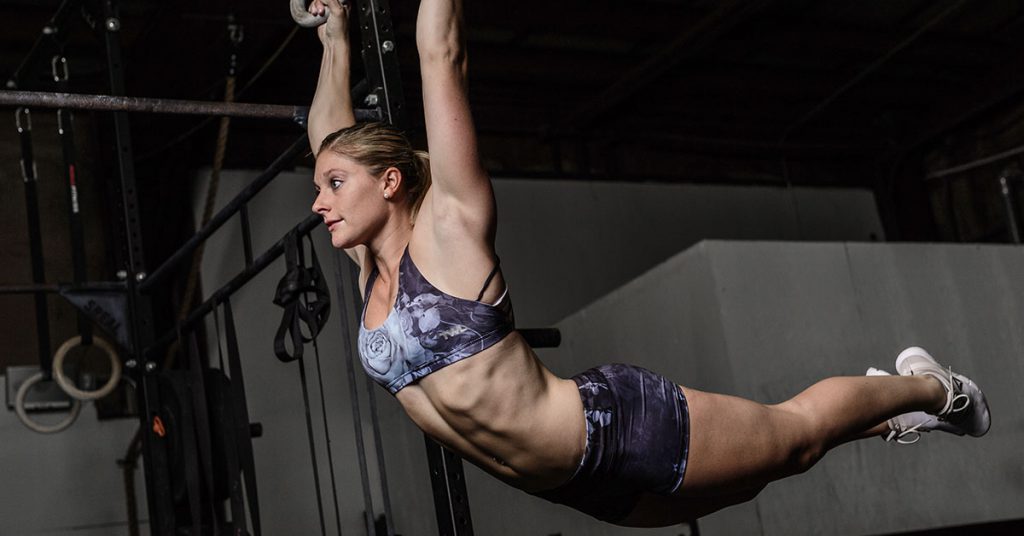
3. The Repeat Workout is…
15.5 – thrusters and rowing. I get it — everyone hates thrusters. I think most people tried to rationalize how bad this workout might be the first time around, yet in reality, they really had no idea. I’ve never seen the level of carnage after a workout as I did after 15.5. Bodies everywhere, people trying to get off the rower and walk it off only to have their legs buckle underneath them, a few people even met pukie – and that was just the first heat! The Open always includes a repeat workout and CF has had a history of repeating its perennial thruster puke fest (11.6 was 12.5, 14.5 was 16.5); so why buck the trend now?
Runner up? 15.3 – ring muscle-ups, wall balls and double-unders. Somewhere, some time ago, I remember Castro saying this was one of his favorite Open workouts. Not to mention it fulfills the ring muscle-up prediction. Really, I’m just trying to double dip in case either workout shows up, so I can say, “I knew it!”
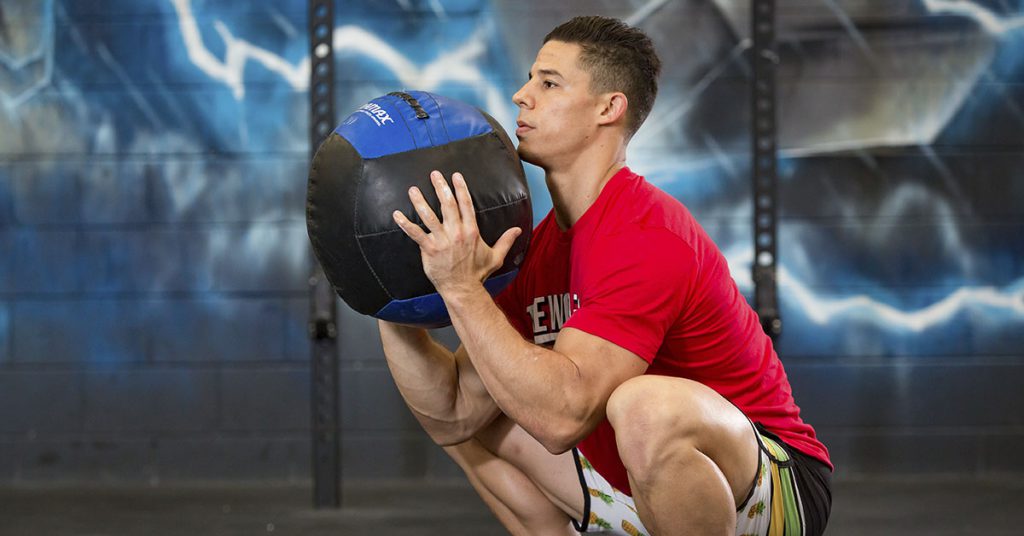
4. Go Home, Pistols
Pistols always show up around this time of year as the hot-button movement people are certain will make their debut. If you had asked me prior to last year’s Open, I might have agreed with you, but not anymore. The reason being, prior to last year, the pool of “new movements” to introduce in the Open had basically run dry. But now, with the introduction of the DB, everything is technically a new movement (a bit cheap if you ask me, but CF media kept making a big deal about it last year). DB shoulder-to-overhead. New movement. DB thruster. New movement. DB burpee backflip. New movement. And the list goes on and on. Anything and everything is a new movement once you add a DB to it. With the pool seemingly deeper than ever, a difficult to perform, difficult to judge movement looks like it’s been placed back on the shelf for now.
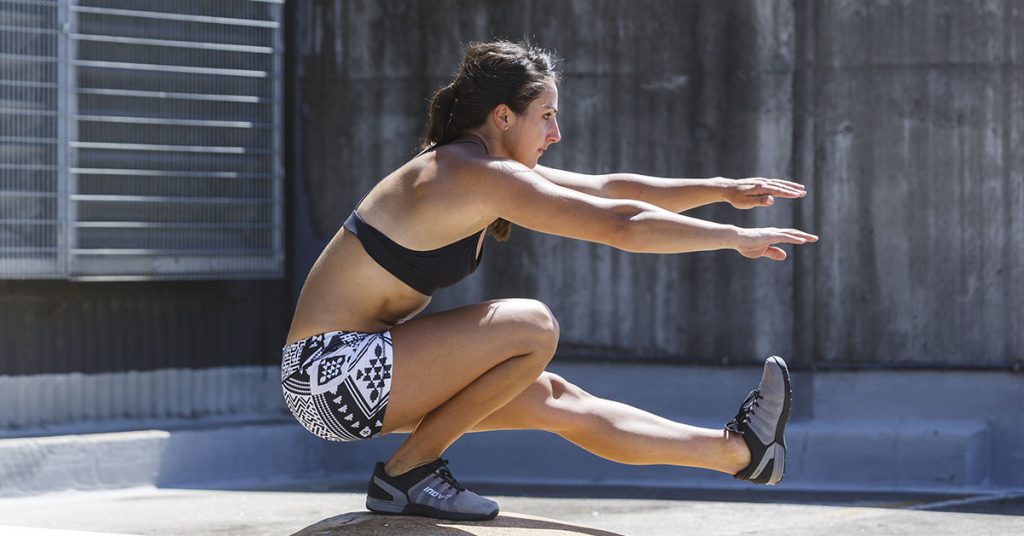
5. Strict What, Now?
Despite everything I just said, and trust me I think it’s a long shot, I can see strict handstand push-ups showing up. As far as strict movements go, strict HSPUs seem the most feasible – and by feasible, I mean easiest to judge. Strict muscle-ups, strict pull-ups? No way. Too much wiggle room in the judging – also, strict muscle-ups are basically impossible, so they’re definitely out. Strict HSPUs have far less grey area when it comes to judging and have been a staple of the latter stages of competition for years.
If you follow the trajectory of the HSPU, just like we did with the bar muscle-ups, the HSPU was introduced in 2015 in small doses, then with heavy volume in ’16 and ’17. So how do we add a twist to it this year? Why not make them strict? I agree this may be the longest of long shots, and more than likely they’ll save strict HSPUs for Regionals and the Games; but as the talent pool in CF rises across the world, don’t be surprised if Castro has this ace up his sleeve.
6. No Airdyne – Thank God
Another popular centerpiece on many people’s prediction lists revolves around the Airdyne – more specifically, the Assault Bike. The reason I’m certain the Assault Bike won’t rear its devilish head this time around — or as I’m starting to believe, anytime in the near future — is because there are too many variables on the market. Last year, Castro announced ahead of time dumbbells would be making their debut during the Open. Sure, lots of brands make dumbbells; but at the end of the day, a dumbbell is a dumbbell is a dumbbell, no matter what the brand.
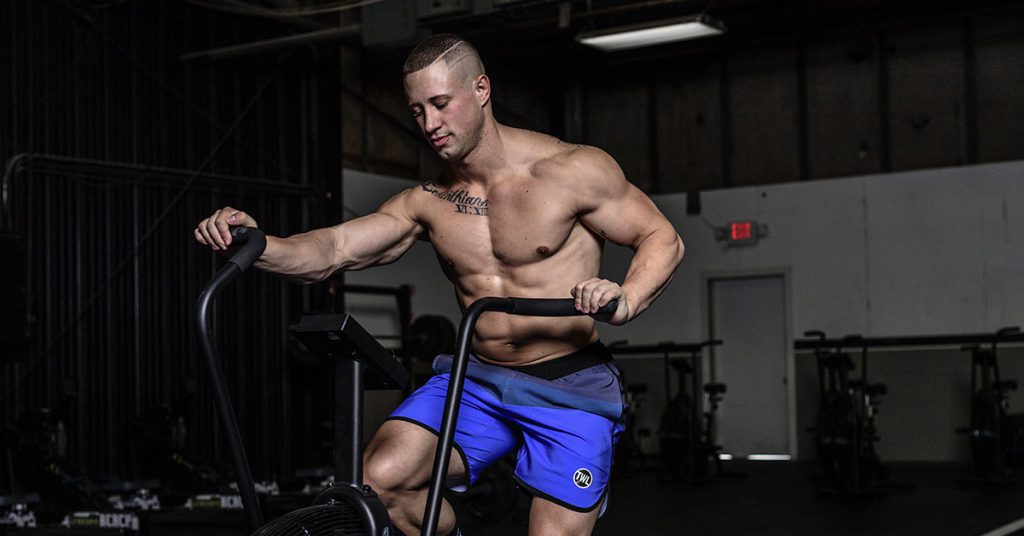
Not true when it comes to air bikes. Every bike measures calories and distances differently. New brands have popped up, and this further muddles the ability to create a universal standard. With that being said, let’s all exhale loudly and deeply as we can be certain this new age torture device isn’t a part of Castro’s arsenal.
7. Castro, The Man’s Man
I need another gimme. Some of these predictions thus far have been pretty far fetched, and frankly, I could use a win. My prediction is that at some point during the after show of the week one live announcement, Castro will say something along the lines of, “Next week will separate the boys from the men” or, “This week was fun. Next week will be a bloodbath.” You know, some ultra machismo type statement. A rallying cry to all the hardcore exercisers out there while somehow, simultaneously, managing to elevate everyone else’s stress level even further. Ah yes, what would the Open be without cold sweats and sleepless, stress-filled nights?
8. And The Winner’s Are…
Annie Thorisdottir and Noah Ohlsen. Annie has had an incredible year thus far. She finished third at the Games this past August, won the CF Team Series with her countryman (countrywoman?) Katrin Davidsdottir, and recently took home the title at the Dubai Fitness Championships in a field stacked with perennial Games athletes. Yet, for whatever reason, Annie tends to fly under the radar most of the time. She may not win a ton of events, but she’s easily one of the most well-rounded athletes in the sport and that consistency should serve her mightily come the Open.
Noah Ohlsen already has one Open championship to his name, finishing 1st overall in 2016. He’s kind of in the same boat as Annie with this one. After finishing 4th at the Games, his best finish ever and narrowly missing the podium, he added another title to his belt after winning the CF Team Series with Travis Mayer. In the year Noah won the Open, and after the dust had settled, by his standards, a disappointing Games finish, he stated maybe pushing so hard during the Open cost him in the long run – a sentiment Fraser shared as well after the ’15 Open. Even so, Noah has the potential to regain his Open crown without exerting himself beyond his breaking point if the workouts align properly. Look for him atop the leaderboard, or damn close to the top, at the end of week five.

